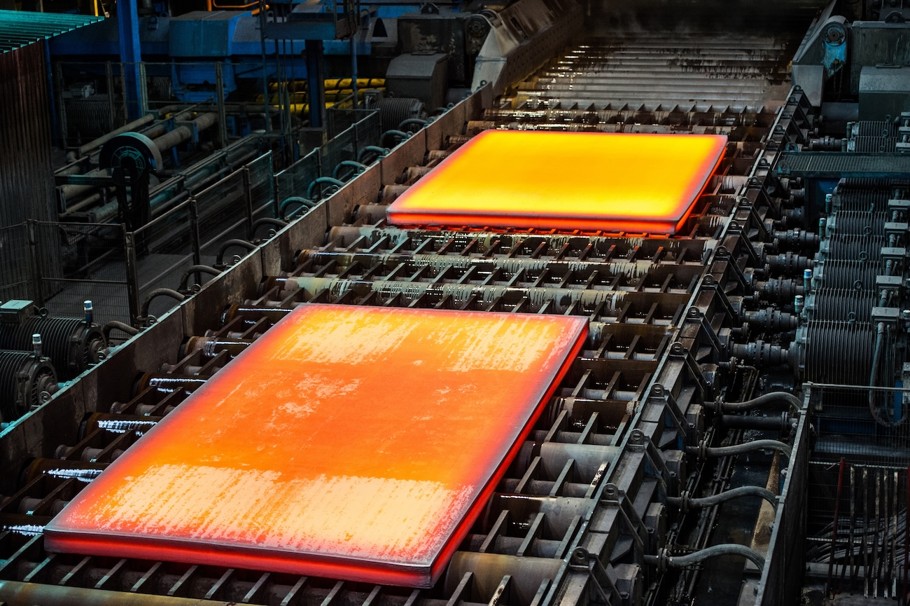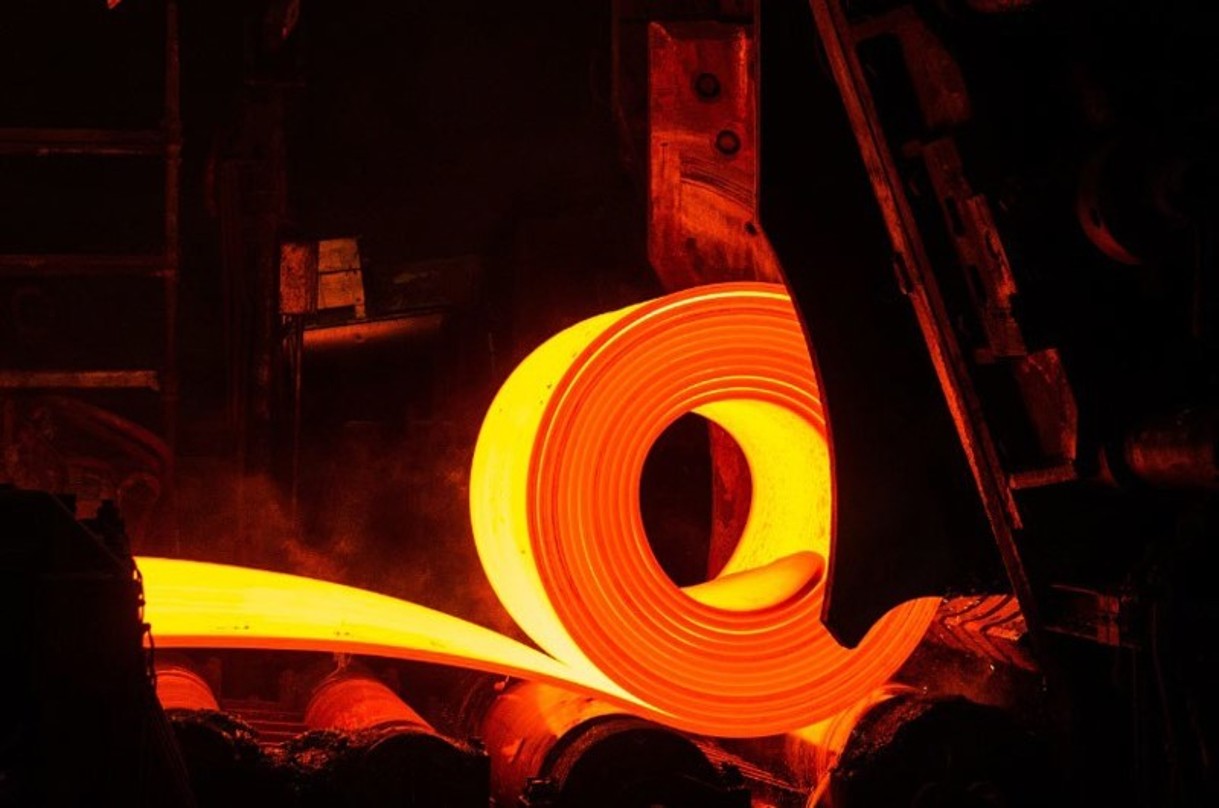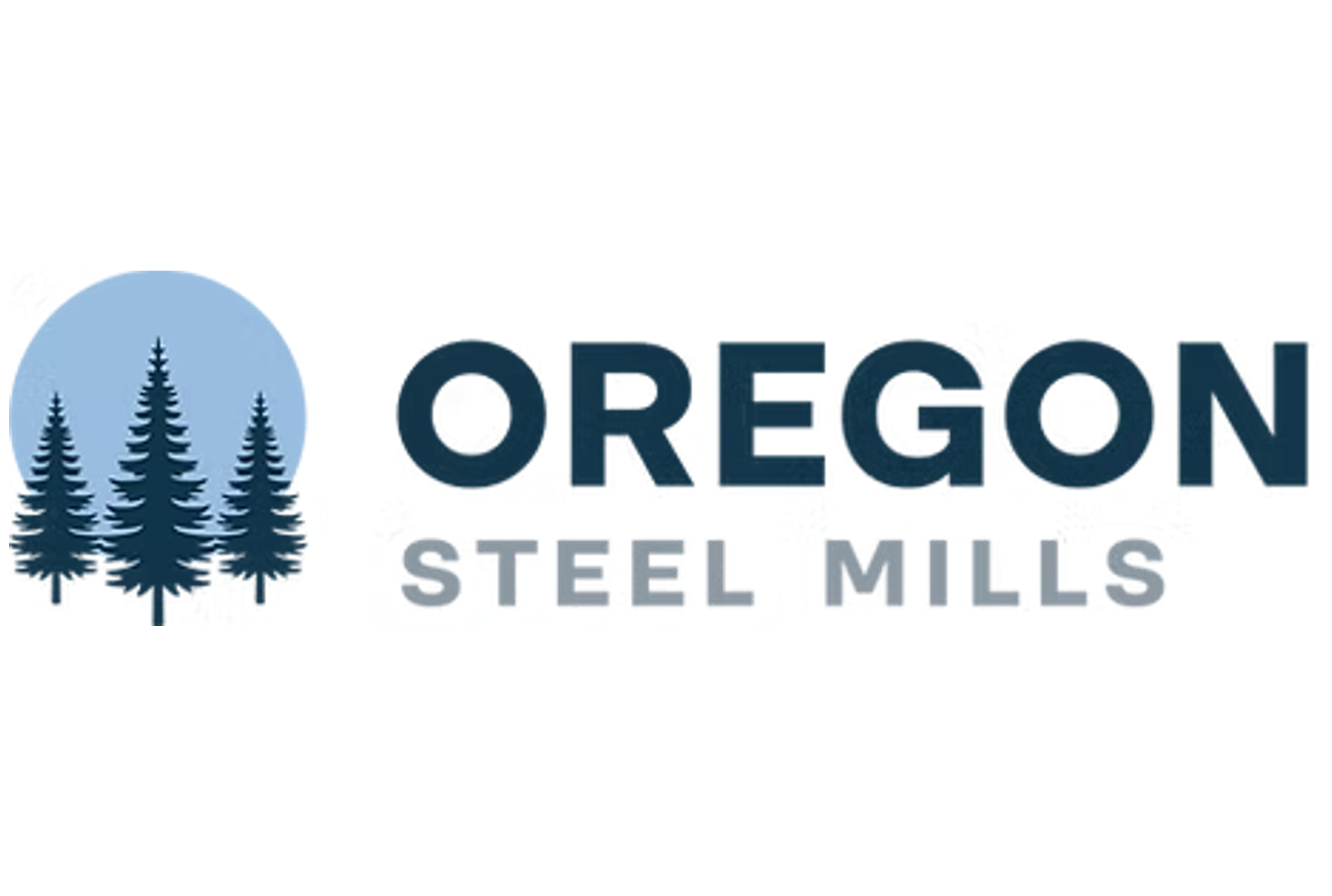Prices
June 4, 2025
Miller on Ferroalloys: Tariff confusion
Written by Stephen Miller
There are a lot of conflicting effects on ferroalloys in the US as a result of new tariffs in the US.
This comes as steelmakers in the US grapple with the fallout from the administration’s recent tariffs, many of which were established to help the steel industry.
The 232 tariffs imposed tariffs to limit imports in the interest of national security. They were intended to strengthen the steelmaking industry. However, with the imposition of “reciprocal tariffs,” some critical steelmaking raw materials now carry a significant financial burden in the form of tariffs.
Among these are pig iron, direct-reduced iron/hot briquetted iron (DRI/HBI), iron ore pellets, and ferroalloys. SMU has previously reported on pig iron, iron ore and DRI/HBI. But let’s take a look at ferroalloys.
Ferroalloys are widely used in steel and iron production. Most of these materials must be imported as the ferroalloy industry has moved offshore over the last several decades. Today, there are basically only a handful of remaining ferroalloy producers left in the US, two of which make ferrosilicon and one making silicomanganese, ferromanganese, and small quantities of others.
On the US Commerce Department’s Annex II list, several of the key ferroalloys are exempted from tariffs but there are several that are not exempt.
Ferrosilicon, one of the most commonly used alloys, is tariffed. This is because of the two domestic plants still operating. Interestingly, silicomanganese wasn’t tariffed despite an Amercian producer still operating in the US. Really? Others not on the exclusion lists include ferronickel, ferromolybdenum, and ferrophospherous. All of these above items must be imported.
In the case of ferrophos, there are only two sources to import from, the main source being China. SMU spoke with a domestic trader who told us she was involved in a recent trade where her US-based steel customer needed to buy ferrophos as their supplies had severely dwindled.
So they had to import from China at the time when the tariff was at 145%. Needless to say, this would have been a huge input cost to the steel end-product and would be passed on to the ultimate customer, if possible. Our source also lamented the fact that ferrophos was excluded from the 301 tariffs but not the reciprocals.
“What were they thinking, it makes no sense,” she added.
If the US steel industry is being helped by these sorts of actions is a very open question. This is just one small example of the various tariffs having unintended negative effects on the industries they are intended to help. There are certainly quite a few more.







